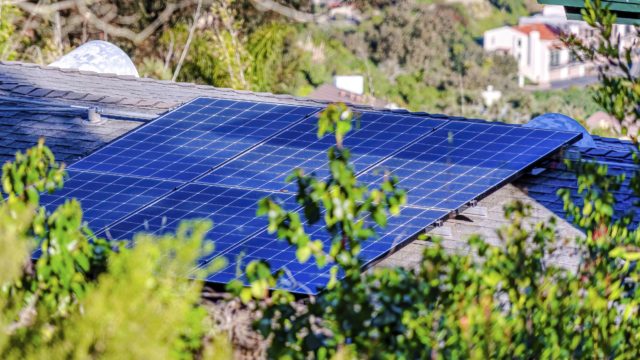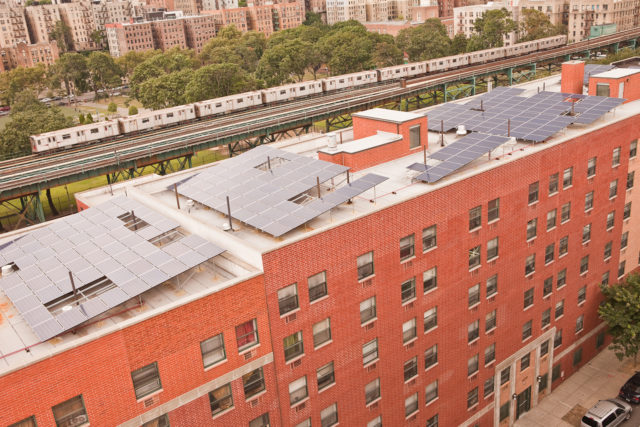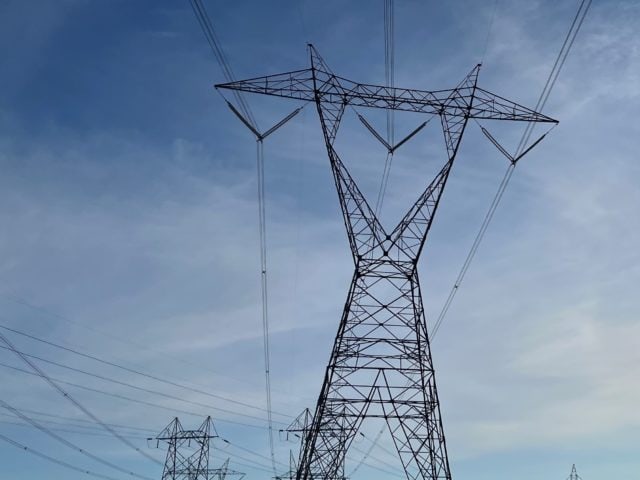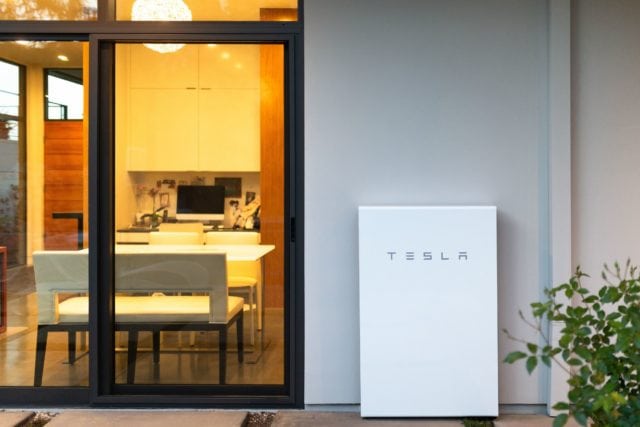Seth Mullendore
New findings from NREL and CUNY provide more evidence that there may be a better, cleaner, and more economical way to protect residents when the next disaster strikes – solar+storage.
The California Public Utilities Commission recently proposed a few changes to California’s Self-Generation Incentive Program (SGIP) that may begin to reshape the program into a national model for incentivizing energy storage deployment.
The combination of solar PV and battery storage technologies is already reducing operating costs for businesses across California, but can solar+storage reduce electric bills for affordable housing as well?
The IRS recently asked for comments on how the investment tax credit (ITC) should cover solar and storage systems. Clean Energy Group’s comments, submitted a few days ago, strongly support the eligibility of storage under the ITC.
2015 was quite a year for energy storage, from Elon Musk’s Powerwall announcement to the recent gigawatt storage procurement commitment AES Energy made with LG Chem.
Clean Energy Group, through its Resilient Power Project, has released a new report analyzing the economics of resilient solar PV and battery storage (solar+storage) systems for multifamily affordable housing.
The Environmental Protection Agency (EPA) released the final version of its monumental Clean Power Plan last week – all 1,560 pages of it.
A lot of people are talking about energy storage these days, which is hardly surprising considering energy storage has often been idealized of as a kind of Holy Grail for the energy industry.
What role should utilities play in ownership of energy storage resources?
Forget energy storage as the technology of the future, for many utility customers the time for storage is already here.














